Weeds are unwanted plants that can be found in gardens, lawns, and agricultural fields across the United Kingdom. They often compete with desirable plants for resources such as sunlight, water, and nutrients, resulting in reduced yields and compromised aesthetics. It is crucial for gardeners and farmers to have a comprehensive understanding of common weeds in the UK, enabling them to effectively identify and control these plants. This article aims to provide a detailed guide to the identification and control of common weeds in the UK, empowering readers to manage these unwanted plants and maintain healthy and thriving landscapes.
Dandelion (Taraxacum officinale)

Description
Dandelion is a perennial weed known for its bright yellow flowers and feathery seed heads. Its leaves form a basal rosette, and the plant features a deep taproot. Dandelions can quickly colonise lawns and gardens, making them a common sight throughout the UK.
Commonly regarded as a weed, dandelions are frequently seen in both rural and urban landscapes of the UK. They demonstrate a remarkable resilience, capable of thriving in diverse environments such as lawns, cracks in pavements, and along roadsides. Dandelions are more than mere intruders; they are a crucial component of the ecosystem. Their vibrant yellow flowers, which emerge early in spring, provide an essential source of nectar and pollen for bees, butterflies, and other pollinating insects. Additionally, their seeds are a food source for certain bird species.
Bindweed (Convolvulus)
Description
Bindweed is a persistent and fast-growing perennial weed with twining stems that can climb and smother other plants. It features heart-shaped leaves and produces white or pink funnel-shaped flowers.
Bindweed, known for its tenacious nature and rapid growth, is commonly seen twining around other plants, fences, and structures, making it a bane for many gardeners. Yet, beyond its reputation as a nuisance, bindweed serves an important role in local ecosystems. Its large, bell-shaped flowers, usually white or pink, are rich in nectar and attract a variety of pollinators, including bees, butterflies, and moths. Moreover, its dense growth can provide shelter for small creatures, contributing to biodiversity.
Ground Elder (Aegopodium podagraria)
Description
Ground elder is a persistent perennial weed that spreads through rhizomes, forming dense patches in gardens and woodlands. It has triangular-shaped leaves and small white flowers.
Ground elder, often found carpeting the understorey of woodlands, gardens, and hedgerows, has a reputation as a hard-to-eradicate weed. Despite its persistence, it plays a role in supporting wildlife. The small, white flower clusters are attractive to a variety of insects, and its foliage provides a food source for the larvae of some species of moth. Its dense growth habit also offers shelter to ground-dwelling creatures.
Couch Grass (Elymus repens)
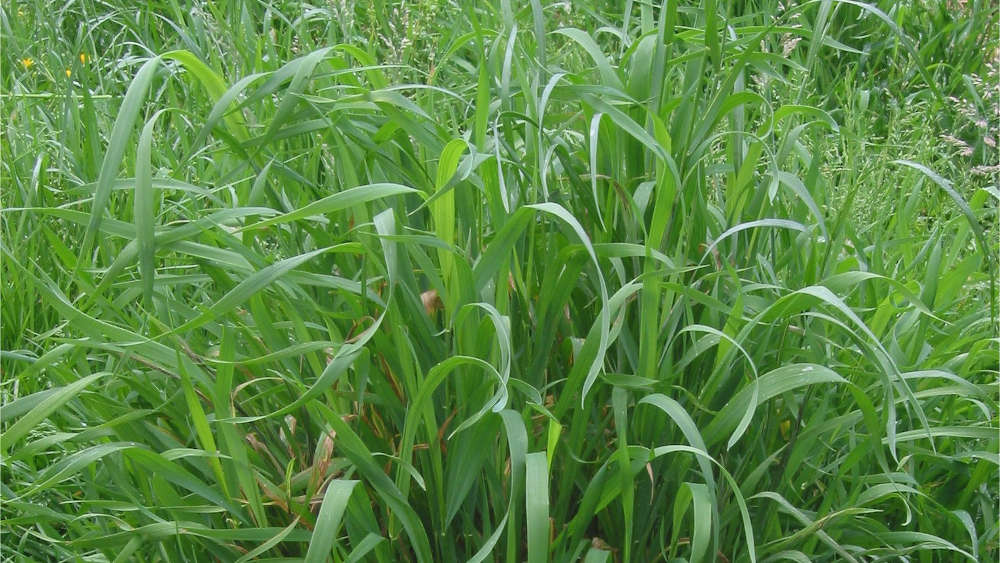
Description
Couch grass, also known as twitch grass, is a persistent perennial weed that spreads through an extensive network of rhizomes. It has long, narrow leaves and produces a wheat-like seed head.
Couch grass, a widespread weed in the UK, is known for its extensive network of underground stems, which allows it to spread rapidly. While it is often unwelcome in gardens and agricultural fields, it serves as an important component of local ecosystems. The dense cover it provides can serve as a habitat for various small creatures, while its seeds are a food source for several bird species.
Common Nettle (Urtica dioica)
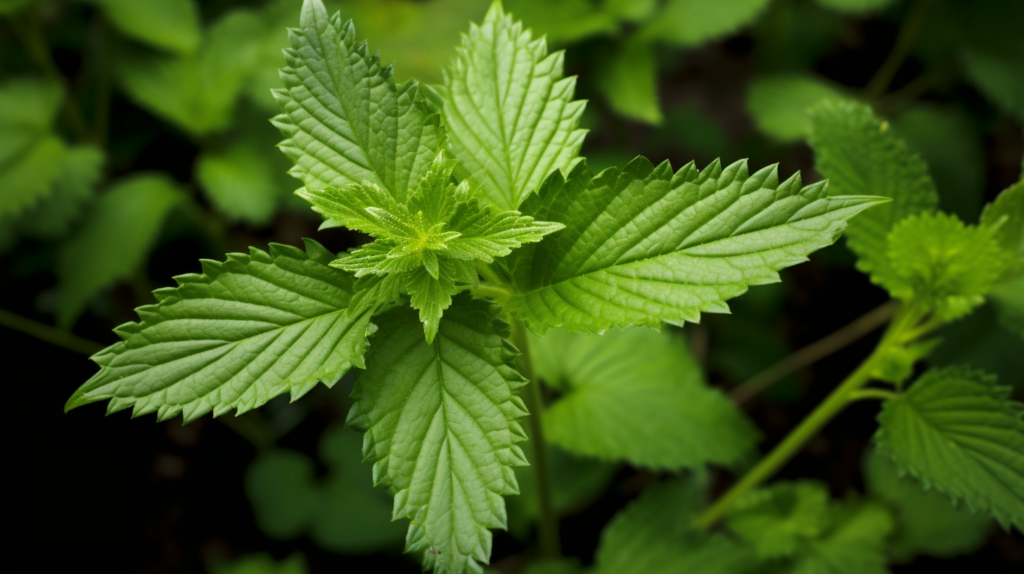
Description
Common nettle, also known as stinging nettle, is a perennial weed characterised by its stinging hairs on the leaves and stems. It features serrated leaves and produces clusters of small greenish flowers.
The common nettle, with its stinging hairs, is often avoided by people, but is a veritable wildlife haven. A variety of insect species lay their eggs on the nettle, their larvae finding a valuable food source in the rich foliage. Additionally, the tiny greenish flowers of the nettle, though not as showy as those of some other plants, provide nectar for several species of butterflies and other insects. The seeds are eaten by some bird species.
Japanese Knotweed (Fallopia japonica)
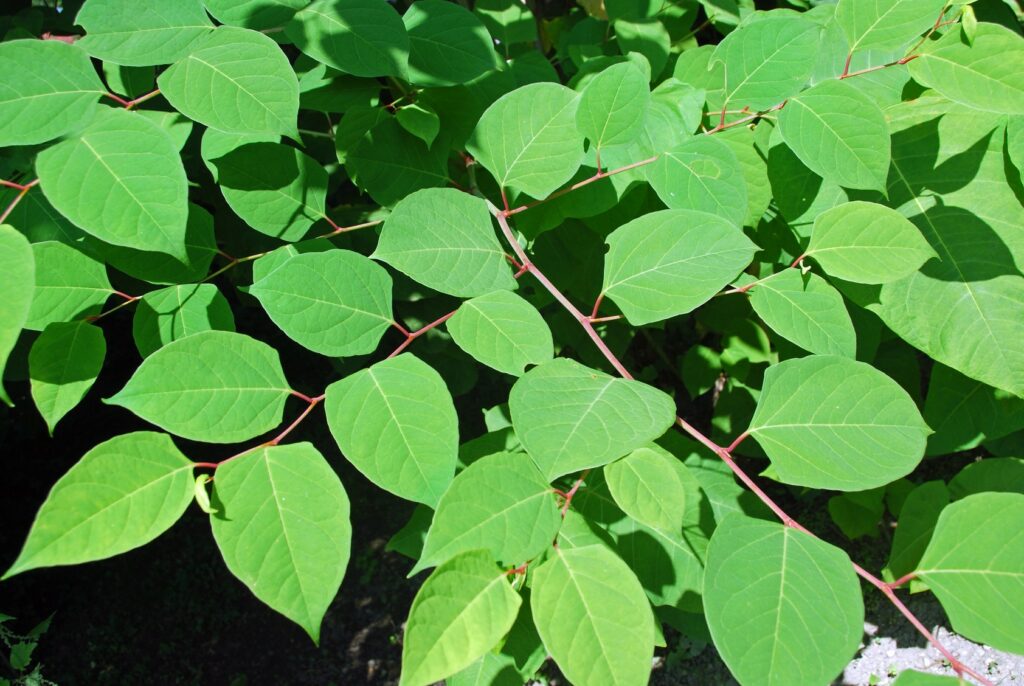
Description
Japanese knotweed is an invasive perennial weed with bamboo-like stems, heart-shaped leaves, and small white flowers. It spreads rapidly and can cause structural damage.
Japanese knotweed, an invasive species in the UK, is notorious for its ability to damage buildings and outcompete native plants. However, it has some redeeming qualities. Its small white flowers are a nectar source for honey bees and other pollinators in late summer and autumn when many other plants have stopped flowering. In addition, its dense stands can provide cover for small mammals and birds.
English Ivy (Hedera helix)
Description
The English ivy, also known as the common ivy, is a woody perennial weed that climbs walls, trees, and other structures using aerial roots. It has glossy, dark green leaves and produces small greenish-yellow flowers.
English ivy, often seen carpeting the ground or climbing walls and trees, is a common sight in the UK. Despite its invasive tendencies, it provides substantial wildlife value. The ivy’s dense, evergreen foliage offers year-round shelter for a variety of birds, insects, and small mammals. Its late-season flowers provide a crucial source of nectar and pollen for bees, hoverflies, and other pollinators when other sources are scarce.
Creeping Thistle (Cirsium arvense)
Description
Creeping thistle is a perennial weed with spiny, lobed leaves and purple or pink flowers. It spreads through an extensive root system, often infesting pasture and waste areas.
Creeping thistle, with its spiny leaves and purple or pink flowers, is a persistent weed in many parts of the UK. Despite its spiky disposition, it is an essential part of the ecosystem. Its nectar-rich flowers attract bees, butterflies, and other pollinators, while its seeds provide food for goldfinches and other birds.
Common Chickweed (Stellaria media)
Description
Common chickweed is an annual weed with small, oval leaves and tiny white flowers. It thrives in moist soil and is commonly found in lawns and garden beds.
Common chickweed, though often found in lawns and garden beds, plays a crucial role in supporting biodiversity. Its small, white star-shaped flowers provide nectar for many early-emerging pollinators in spring, and its seeds serve as food for several bird species. Its dense patches also provide shelter for a variety of ground-dwelling invertebrates.
Giant Hogweed (Heracleum mantegazzianum)
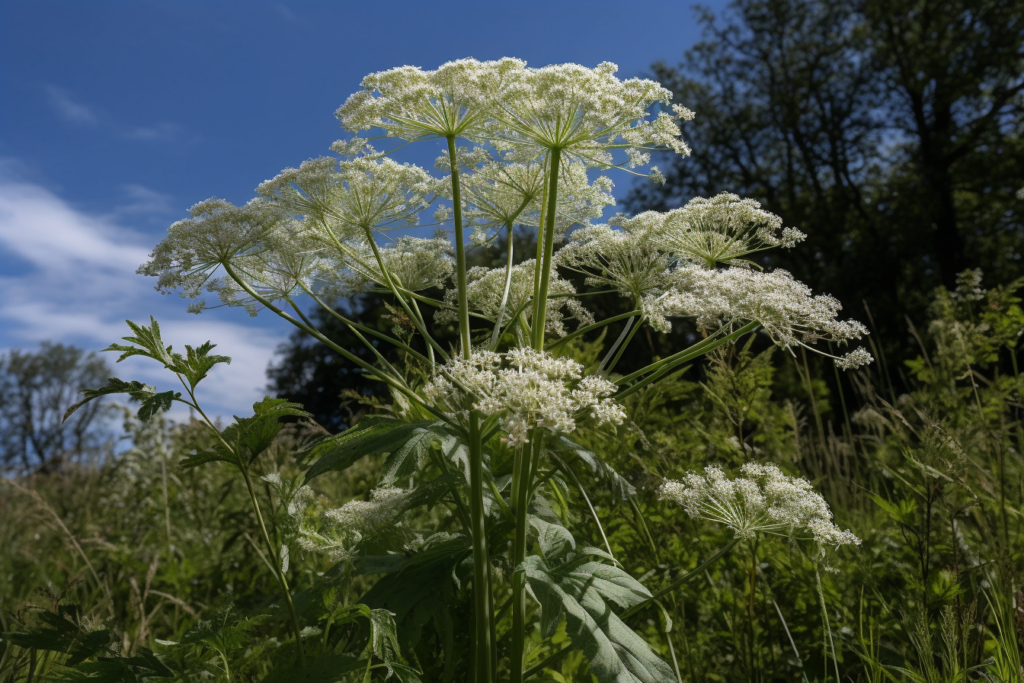
Description
Giant hogweed is a large perennial weed that can reach heights of up to 5 meters. It has deeply lobed, jagged leaves and produces clusters of white flowers.
Giant hogweed, while dangerous to humans due to its sap, which can cause skin to become hypersensitive to sunlight, has a role in the ecosystem. Its giant stature and large leaves can provide shelter for a variety of wildlife. In some cases, its flowers can serve as a food source for certain pollinators. However, care should be taken to prevent its spread due to its potential harmful impacts.
Ragwort (Senecio jacobaea)
Description
Ragwort is a biennial or perennial weed with deeply divided leaves and clusters of yellow flowers. It is toxic to livestock and poses a threat to grazing areas.
Ragwort, with its clusters of bright yellow flowers, is a biennial or short-lived perennial plant often seen in pastures, meadows, and waste ground. While toxic to livestock, ragwort plays a vital role in the ecosystem. Over 30 insect species are known to feed on ragwort, and it is the primary food plant of the brightly striped caterpillars of the cinnabar moth. Its flowers are also a significant source of nectar for bees, butterflies, and other insects.
Creeping Buttercup (Ranunculus repens)
Description
Creeping buttercup is a perennial weed with shiny yellow flowers and glossy, three-lobed leaves. It spreads through creeping stems that root at the nodes, allowing it to rapidly colonise lawns, gardens, and moist areas.
Creeping buttercup, with its shiny yellow flowers, is a familiar sight in many lawns and gardens. Despite being considered a weed, it provides ecological benefits. The flowers, in particular, are rich in nectar and attract a variety of pollinating insects, including bees and butterflies. Moreover, its dense growth provides shelter for a host of ground-dwelling invertebrates.
Cleavers (Galium aparine)

Description
Cleavers, also known as stickyweed or goosegrass, is an annual weed with slender stems and small hooked hairs that enable it to cling to surfaces. It features whorls of narrow leaves and tiny white flowers.
Cleavers, known for its sticky stems and leaves, can be a nuisance in gardens. However, it is an essential plant in many ecosystems. Its seeds are a food source for some species of birds, and its dense, sprawling growth provides shelter for a variety of small insects and other invertebrates.
Birds-Foot Trefoil (Lotus corniculatus)
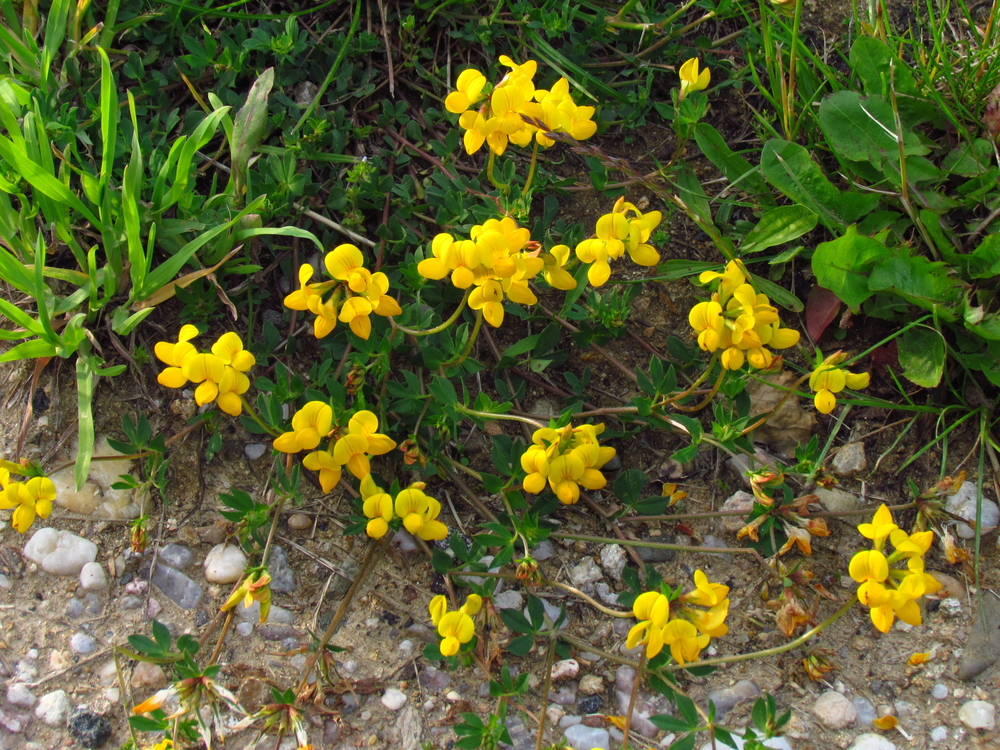
Description
Birds-Foot trefoil is a perennial weed with bright yellow flowers that resemble small pea blossoms. It has compound leaves with five leaflets, which resemble a bird’s foot, hence the name. Birdsfoot trefoil is commonly found in pastures, meadows, and roadsides.
Birds-Foot trefoil, though often perceived as a weed in lawns and gardens, is incredibly beneficial for wildlife. Its bright yellow flowers are rich in nectar and are a favourite among bees and butterflies. Furthermore, it’s a larval food plant for several species of butterflies, including the common blue.
Daisy (Bellis perennis)
Description
Daisy is a perennial weed with low-growing rosettes of dark green leaves and distinctive white or pink flowers with yellow centers. It is commonly found in lawns and open areas.
Daisies, with their iconic white petals and yellow centres, are common across the UK, particularly in lawns and pastures. Despite being considered a weed, they are a source of food for a variety of insects. Their flowers provide nectar and pollen for bees and other pollinators, while their leaves are eaten by the caterpillars of several species of moths.
Hairy Bittercress (Cardamine hirsuta)
Description
Hairy bittercress is a fast-growing annual weed with small white flowers and deeply lobed leaves. It releases its seeds explosively when disturbed, contributing to its rapid spread.
Hairy bittercress, a small, fast-growing weed, often springs up in lawns, flowerbeds, and pavement cracks. Despite its small size, it plays a big role in the ecosystem, with its tiny white flowers providing an early spring source of nectar for emerging pollinators. Furthermore, the seeds of hairy bittercress are a valuable food source for many bird species. The dense foliage it forms can also provide shelter and habitat for numerous small insects.
Himalayan Balsam (Impatiens glandulifera)
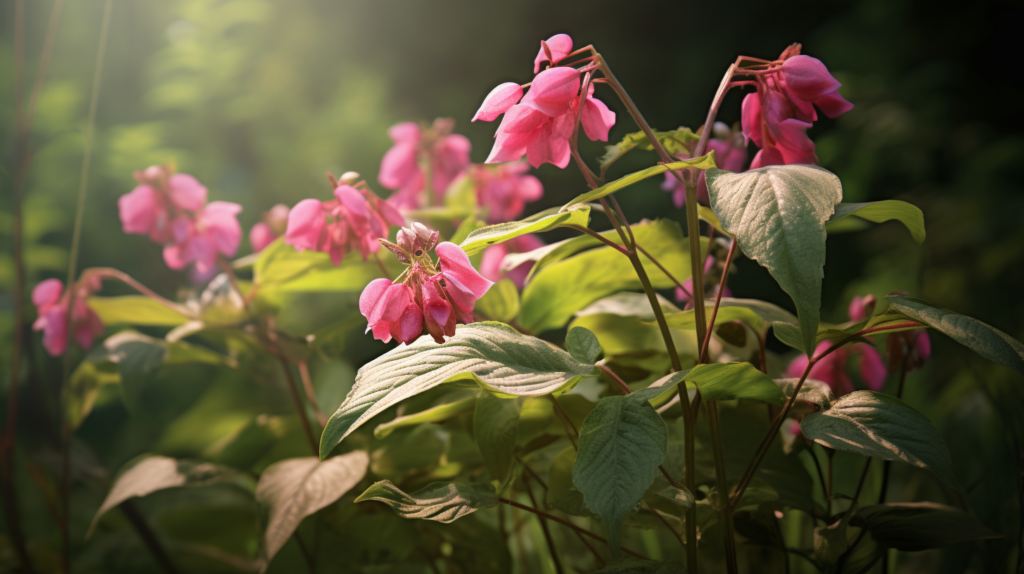
Description
Himalayan balsam is an invasive annual weed that can grow up to 2-3 meters tall. It has reddish stems, long narrow leaves, and produces pink or purple helmet-shaped flowers. It is commonly found near water bodies and damp areas.
Himalayan balsam, an annual plant native to the Himalayas, has become a common sight along riverbanks and damp woodlands in the UK. Despite being invasive, it does offer some ecological benefits. Its large, helmet-shaped pink or purple flowers are nectar-rich, attracting a wide array of pollinators including bees, butterflies and hoverflies. However, it’s important to remember that its aggressive growth often leads to the displacement of native plants, negatively impacting local ecosystems.
Green Alkanet (Pentaglottis sempervirens)
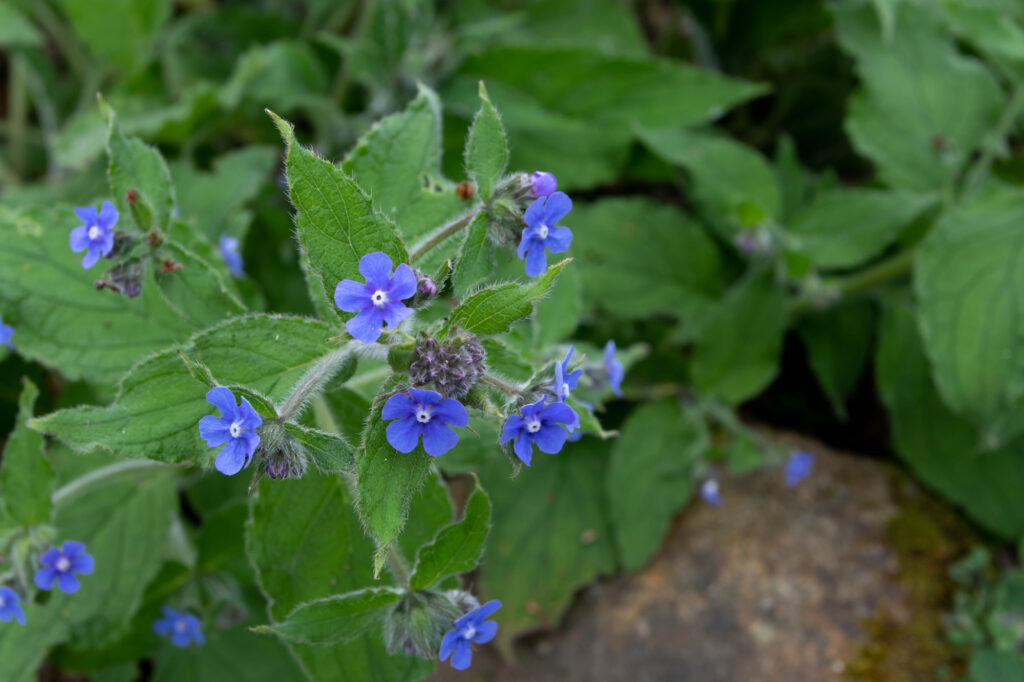
Description
Green alkanet is a perennial weed with rough, hairy leaves and clusters of blue or purple flowers. It forms dense rosettes and spreads through self-seeding, often found in gardens and waste areas.
Green alkanet is often seen as a weed in gardens, but this plant has a role in supporting local ecosystems. Its vivid blue flowers, which bloom from spring to early summer, are a valuable nectar source for bees, butterflies, and other pollinators. Its hairy leaves and stems also provide shelter for small invertebrates. Moreover, this perennial plant, once established, can be an effective ground cover, helping to prevent soil erosion.
Conclusion
In conclusion, these common weeds in the UK, although often seen as nuisances due to their invasiveness or impact on cultivated plants, play significant roles in local ecosystems. They provide food and habitat for a variety of wildlife, from insects to birds. Understanding these roles can help us appreciate these plants’ value in the greater ecological web. While it remains essential to control these plants in certain contexts to prevent them from overwhelming cultivated areas, a balanced perspective recognising their ecological importance can contribute to more holistic and sustainable approaches to weed management.

Faye is a valuable contributor at Glenlivet Wildlife, with a degree in Botany and expertise in plants and flowers. She has embarked on expeditions to remote areas, interviewing renowned botanists and biologists to provide unique insights into flora worldwide. Her favourite flower is the Jade Vine, admired for its beautiful colour and delicate appearance.
